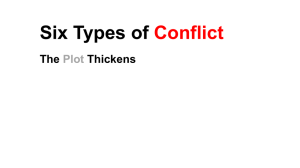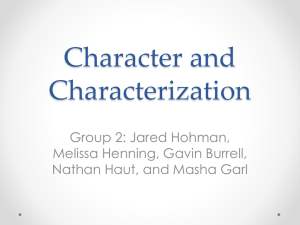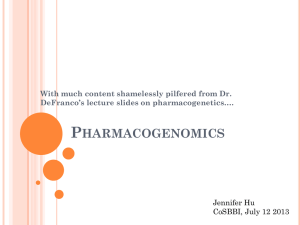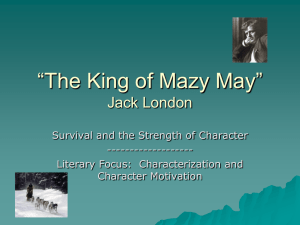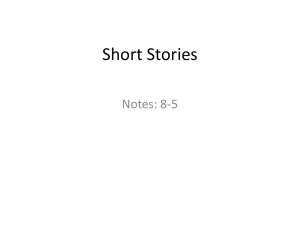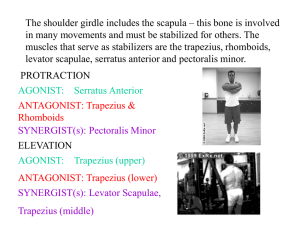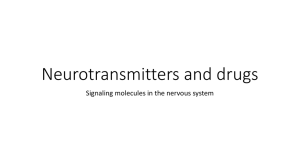10. Adrenergic Blockers
advertisement
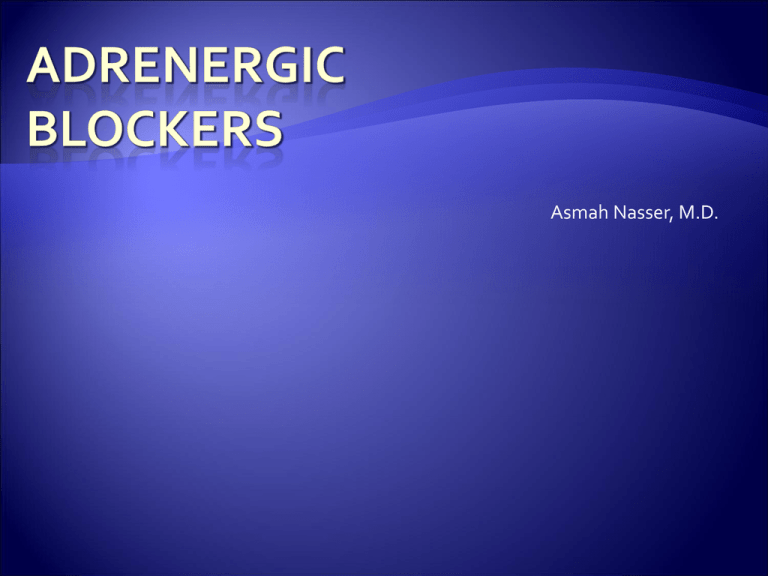
Asmah Nasser, M.D. Alpha blockers Beta blockers Alpha plus beta blockers Phenoxybenzamine (Non-competitive) Phentolamine (competitive) Ergot alkaloids: Ergotamine Ergotoxine Non-competitive alpha adrenergic antagonist. Net effect: α 1 blockage > α 2 blockage Uses: malignant HTN, Pheochromocytoma, HTN 2° to Clonidine Withdrawal, Cheese Reaction Non-selective Competitive Alpha Blocker Used in HTN, Cocaine induced HTN. Decreases the workload of the heart, and decreases the risk of MI 1 selective: (ends with –sin or –cin) Prazosin, Terazosin Doxazocin, Tamsulocin 2 selective: (inhibits Negative feedback) Yohimbine Effects: Blocks vaso- and aterioconstriction vasodilation and arteriodilaton Decrease in Blood pressure. Blocks alpha receptors in the eye (pupillary dilator muscle) Miosis Reduces Bladder tone and allows for more motility (especially in patients with Urinary retention, BPH) Drugs Arteriodilation, used in Raynauld’s Phenomenon Increase Urinary Motility, used in Urinary rentention or BPH (Prazosin/Tamsulosin is most commonly used in BPH) Side effects: Nasal Congestion, Hypotension Yohimbine Prevents Negative feedback Increased Release of Epinephrine and Norepinephrine Claimed to be an Aphrodisiac Potential uses: Impotence, Co-administrated with drug induced sexual dysfuction phenoxybenzamine Non-competitive Alpha receptor antagonist - used in pheochromocytoma, malignant hypertension, Clonidine Withdrawal, Cheese Syndrome Prazosin, tamsulosin, doxazosin 1 selective: uses-mild to moderate HTN, BPH, Raynaud’s yohimbine 2 antagonist: Used in impotence Eyes: Beta receptors are found in the cillary epithelium in the eye. When stimulated Produces Aqueous Humor. When blocked, decreases Aqueous Humor production CVS: Beta 1 receptors are found in the heart. When stimulated Increase in Heart rate Pulm: Beta 2 receptors Bronchodilation Also known as Cardioselective Beta Blockers, decreases HR Atenolol Betaxolol Esmolol (short half life) Acebutalol Metoprolol ABEAM Non Selective Beta blockers Propranolol Timolol Pindolol Blocks beta 1 and beta 2 recepors Bronchospasms and Decrease in HR Contraindicated in Asthmatics Decreases aqueous humor production used in Open Angle glaucoma (Timolol) Hypertension - mild to moderate HTN Angina pectoris -decreases cardiac work load Cardiac arrhythmias Myocardial infarction- prevents the reinfarction, prevents the development of ventricular fibrillation Glaucoma. Timolol is used Migraine. Used for prophylaxis Thyrotoxicosis Essential tremors Congestive cardiac failure (carvedilol and labetolol) Beta 2 Exacerbation of Asthma Masks the sign of a hypoglycemic episode Bradycardia Labetalol (doesn’t cross Placenta, also used in pregnancy) Carvidilol Blocks alpha receptors Decrease BP Blocks beta receptors Decreases HR Used in Severe HTN, Angina What drugs can be given in HTN in pregnancy? Which is given orally (For home dosing)? Which is given IV (for immediate tx)? Resperpine MOA: Prevents Storage of NE, allowing more MAO to metabolism NE/dopamine. Uses: HTN Crosses BBB Side effects: Depression, Suicidal Ideations The nonselective β-adrenergic blocking agent that is also a competitive antagonist at α1adrenoceptors is a. Timolol b. Nadolol c. Pindolol d. Acebutolol e. Labetalol Epineprhine =X When combined with an antagonist (IC or INC), a shift in the dose response curve occurs. The curve labeled X + INC would most likely occur when vascular smooth muscle is treated with NE in the presence of: a. Terazosin b. Phentolamine c. Labetalol d. Phenoxybenzamine e. Prazosin A predictably dangerous side effect of nadolol that constitutes a contraindication to its clinical use in susceptible patients is the induction of a. Hypertension b. Cardiac arrhythmia c. Asthmatic attacks d. Respiratory depression e. Hypersensitivity All of the following drugs are used topically in the treatment of chronic wide-angle glaucoma. Which of these agents reduces intraocular pressure by decreasing the formation of the aqueous humor? a. Timolol b. Echothiophate c. Pilocarpine d. Isofluorphate e. Physostigmine Both phentolamine and prazosin a. Are competitive antagonists at α1-adrenergic receptors b. Have potent direct vasodilator actions on vascular smooth muscle c. Enhance gastric acid secretion through a histamine-like effect d. Cause hypotension and bradycardia e. Are used chronically for the treatment of primary hypotension A 58-year-old male with angina is treated with atenolol. Select the mechanism of action of atenolol. a. α-adrenergic agonist b. α-adrenergic antagonist c. β-adrenergic agonist d. β-adrenergic antagonist e. Mixed α and β agonist f. Mixed α and β antagonist A 75-year-old female with CHF is treated with carvedilol. Select the mechanism of action of carvedilol. a. α-adrenergic agonist b. α-adrenergic antagonist c. β-adrenergic agonist d. β-adrenergic antagonist e. Mixed α and β agonist f. Mixed α and β antagonist A 35-year-old male with a pheochromocytoma is treated with labetalol. Select the mechanism of action of labetalol. a. α-adrenergic agonist b. α-adrenergic antagonist c. β-adrenergic agonist d. β-adrenergic antagonist e. Mixed α and β agonist f. Mixed α and β antagonist A 65-year-old male has a blood pressure of 170/105 mmHg. Which of the following would be effective in lowering this patient’s blood pressure? a. Methylphenidate b. Terbutaline c. Dobutamine d. Pancuronium e. Prazosin f. Scopalamine Which of the following agents might mask the hypoglycemia in treated diabetics? a. An α-adrenergic agonist b. An α-adrenergic antagonist c. A β-adrenergic agonist d. A β-adrenergic antagonist e. A cholinergic agonist f. A cholinergic antagonist Which of the following occurs in the treatment of glaucoma with a β-adrenergic antagonist? a. Decreased aqueous humor secretion b. Pupillary dilator muscle fiber contraction c. Dilation of the uveoscleral veins d. Direct opening of the trabecular meshwork e. Circular pupillary constrictor muscle contraction A 66-year-old male with a one-year history of essential hypertension has minimal response to diet and a diuretic. His blood pressure is now 160/105 mmHg. The diuretic is discontinued, and propranolol is given. a. α-adrenergic antagonist b. β-adrenergic antagonist c. Calcium (Ca) channel antagonist d. Carbonic anhydrase inhibitor e. Histamine (H1) receptor antagonist f. H2 receptor antagonist g. MAOI Which drug is used in pheochromocytoma? a. Pilocarpine b. Methylphenidate c. Propranolol d. Ritodrine e. Phenoxybenzamine
